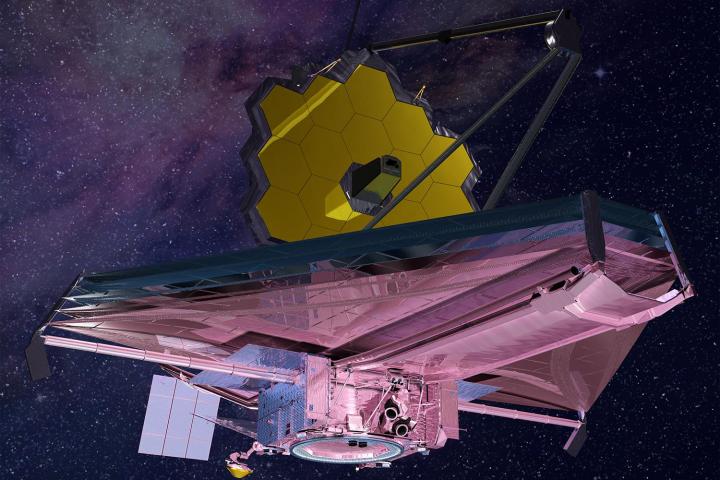The James Webb Space Telescope has been fully deployed, marking an important milestone in preparing the world’s most powerful space observatory for science operations. The telescope is on its way to its orbit around the sun and during its journey has been unfolding various components in a complex process.
The final component to be deployed was the primary mirror, which is the striking collection of 18 golden hexagons spanning a total of 21 feet. The mirror’s two wings were deployed on Friday, January 7 and Saturday, January 8, having been folded up to fit inside the nose cone of the Ariane 5 rocket which launched the telescope on December 25, 2021.

“Today, NASA achieved another engineering milestone decades in the making. While the journey is not complete, I join the Webb team in breathing a little easier and imagining the future breakthroughs bound to inspire the world,” said NASA Administrator Bill Nelson in a statement. “The James Webb Space Telescope is an unprecedented mission that is on the precipice of seeing the light from the first galaxies and discovering the mysteries of our universe. Each feat already achieved and future accomplishment is a testament to the thousands of innovators who poured their life’s passion into this mission.”
The mission is an international collaboration between NASA, the European Space Agency, and the Canadian Space Agency. With deployment complete, Webb is now heading to its orbit around the second Lagrange point, known as L2, located 1 million miles from Earth. From here, it will be able to observe distant galaxies to learn about the early universe and look for exoplanets to see if they have atmospheres and could potentially support life.
“I am so proud of the team — spanning continents and decades — that delivered this first-of-its-kind achievement,” said Thomas Zurbuchen, associate administrator for the Science Mission Directorate in NASA Headquarters in Washington, in the statement. “Webb’s successful deployment exemplifies the best of what NASA has to offer: the willingness to attempt bold and challenging things in the name of discoveries still unknown.”



